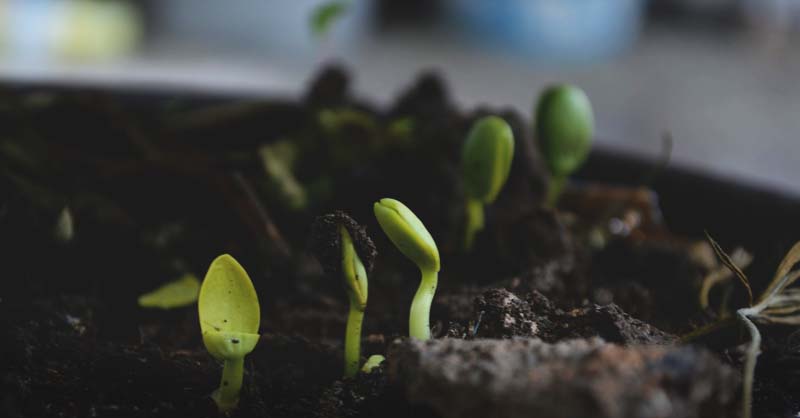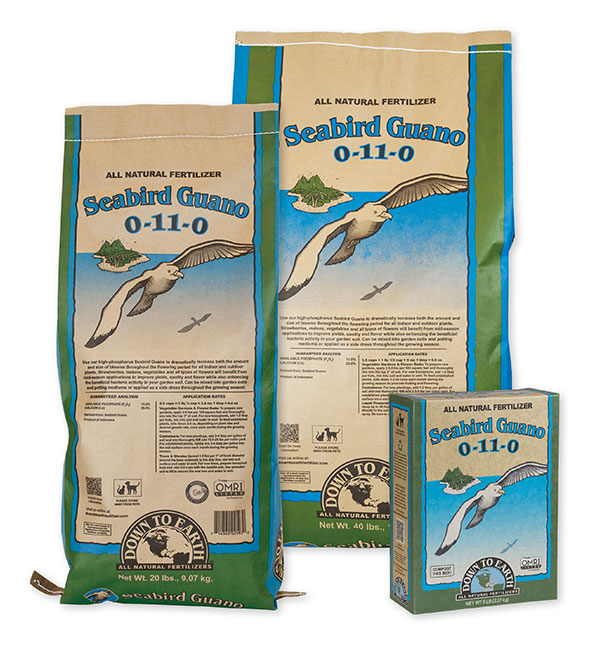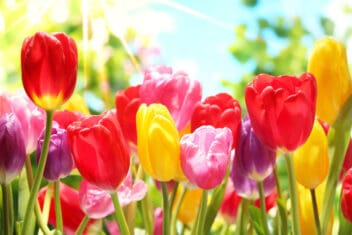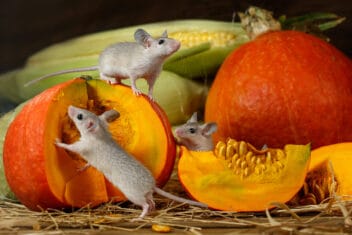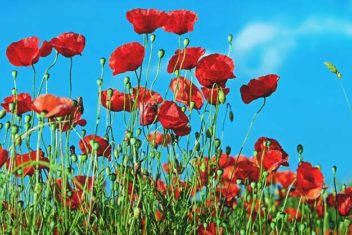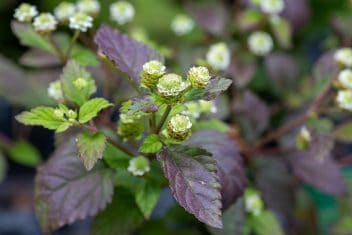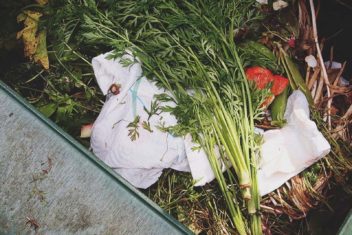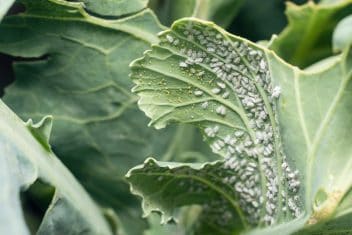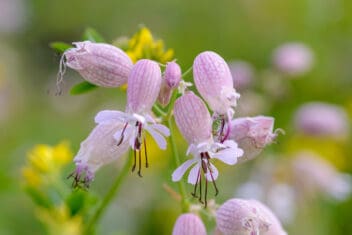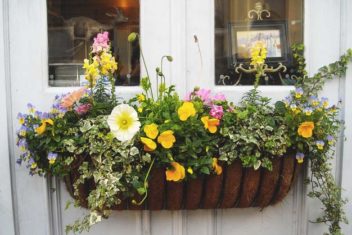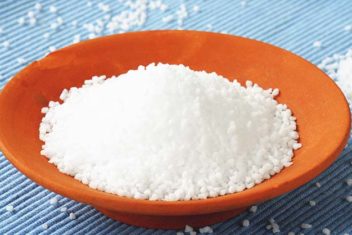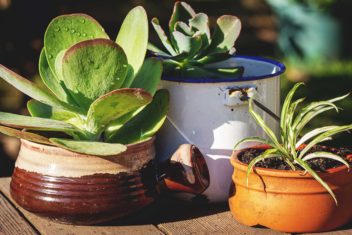I used to be afraid of the word “fertilizer.” I thought that was some scary industrial product that required a bio-hazard suit to apply.
Truthfully, I am still afraid of some fertilizers – namely, the synthetic kind makes my nose burn when I smell them on large crop fields.
However, I have learned that there are lots of different types of fertilizer. In fact, quite a few of them are things I already use on the homestead.
Here I’ll discuss the mega-list of fertilizers that you could use for your garden fertility.
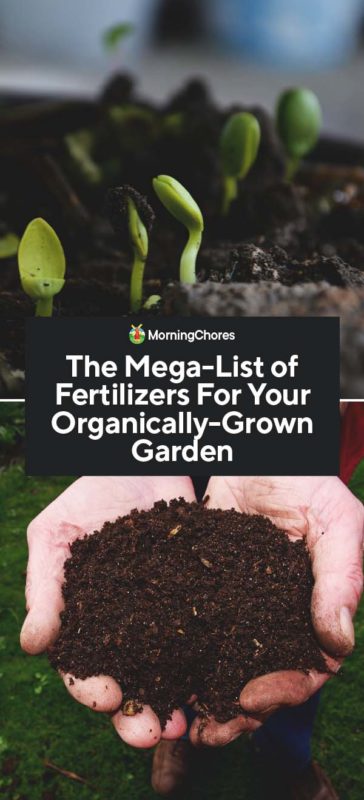
What is Fertilizer?
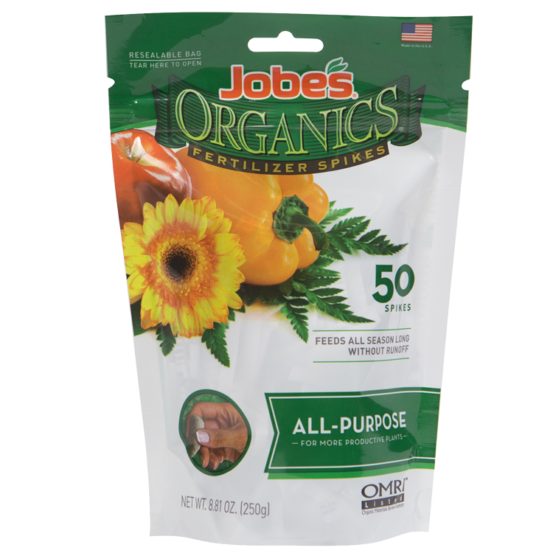
Fertilizer is anything you apply to your soil to improve “fertility.” Fertility is that thing you need to grow big healthy plants! Without it, plants are stunted, become diseased, and draw more pests than you could handpick even if you did it for hours every day.
Generally, when most people say fertility, they are talking about nutrients like N-P-K (nitrogen, phosphorous, potassium). But, in an organic garden, we are also talking about all sorts of trace minerals — the biological life forms, and the organic matter content that inhabit our soil.
Unfortunately, in an organic garden, too much of the wrong kind of fertility can also kill your plants and make your garden toxic. Don’t worry, though! I’m about to share a bunch of information on fertilizers to help you make safe choices to grow a great garden!
What Does Organic Mean?
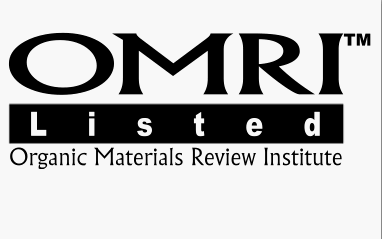
Most of us homesteaders want to grow our gardens using things that are good for the environment. We like to make use of waste products like livestock manure, kitchen scraps, leaves, and grass clippings to add fertility in our landscape. We also prefer to build soil with compost, cover crops, and crop rotation instead of chemicals.
In other words, we want to be “organic.” We want to use an ecological system “that promotes and enhances biodiversity, biological cycles, and soil biological activity.” (That’s one of the legal definitions of organic agriculture.)
It boils down to the idea that we want to garden in ways that promote living soils that get better every year.
So let me be super clear about what organic means for the context of this post. Organic doesn’t mean you have to be certified or follow elaborate rules to grow your garden. It merely means that you are using materials that promote soil life rather than damage or discourage it.
Organic Soil Amendments

When I make my own soil amendments at home, some of them might not meet the legal requirement to use the word “organic” at a retail store. For example, organic compost has to be made using carbon to nitrogen ratios of 25:1-40:1. Personally, I use all sorts of ratios depending on what I’ve got to use.
Also, sometimes I compost stuff that may not have grown in 100% organically certified soil amendments. The cattle farmer down the street is not certified organic, yet I am happy to take his free manure for my garden. The straw and hay I use for my livestock aren’t certified organic, and I still compost that and their manure.
Since it takes a huge amount of compost to build good soil, I can’t afford to nitpick every ingredient I use in my pile. Instead, I trust my instincts and use things that seem safe to me. Now, if someone offered me free sewage, I would definitely pass!
– NOP and OMRI
When I buy stuff at the store though, I usually only buy NOP Approved or OMRI-listed products. Those distinctions aren’t a guarantee of safety for my garden. But they do mean that someone who understands the goal of organic agriculture (e.g., to build soil) has checked to see if those things will do that.
- NOP is the USDA’s National Organic Program. A NOP certification means those products meet the US legal requirement to be considered for organic.
- OMRI, Organic Materials Review Institute, is a non-profit organization that charges product manufacturers an application fee to verify that their products meet the organic standards.
– Non-Organic Certified N-P-K Fertilizers
In particular, I consider those NOP and OMRI identifiers to be extremely important when it comes to any fertilizers other than compost. For example, if I just picked up a bag of non-organic labeled 10-10-10 fertilizer at the hardware store and applied it to my organic garden, I could derail years of soil building in one application!
Non-organic certified fertilizers are typically made with mined substances like “Nitrate of Soda” which is a kind of salt. Those amendments are fast-acting and move quickly in the soil. This is why they can even wash out in a single good rain and poison waterways exacerbating toxic algae blooms.
They are inexpensive and highly concentrated which makes them tempting to use. However, in an organic-grown garden, it’s like feeding all the microorganisms in your soil a candy diet. They energize your garden for a bit, then send it crashing and burning when the sugar high wears off.
Now, you don’t have to buy only certified organic amendments to get slow acting fertilizers that won’t ruin your soil. But until you understand what each fertilizer type does, how it is made, and how to use it, NOP and/or OMRI listed products are safer choices for an organic garden.
Fertilizers for the Organically Grown Garden
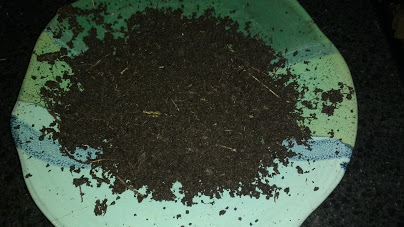
Now, with those explanations behind us, let’s dig into the details of all the various fertilizers for your organically-grown garden.
Compost
Compost is technically a kind of fertilizer. It’s better to think of it as a soil conditioner. It adds tilth (looseness), water-holding capacity, and beneficial organisms to the soil. Plus it has magical abilities to turn your soil into a plant nutrient factory.
Depending on your composting methods, compost can be a source of all three of the essential macronutrients nitrogen, phosphorous, and potassium (NPK). It can also have a host of other micronutrients including calcium, magnesium, and lots more.
1. Aged Compost (+/- 0.5-0.5-0.5)
The problem is that every compost has a different mix of nutrients. It’s hard to know exactly what’s in it without doing expensive testing. So, instead of using compost primarily as a fertilizer, we age our compost to help mellow the nutrients.
That means we let it sit around for 6-24 months before we put it in our garden. When we finally apply that aged compost, it adds some minor nutrients, but mostly it adds “humus.”
2. Humus
Humus is a well-decayed organic matter that generally makes everything grow better without adding a whole lot of N-P-K. Humus is kind of a mystery, even to scientists.
They don’t know why, but the more humus a garden has, the less N-P-K is needed to grow healthy plants. So, the reason we add compost to our garden is not so much as a fertilizer, but to build our humus quantity. That way, long-term, we don’t need to apply as many N-P-K fertilizers.
3. Beneficial Bacteria, Fungi, and Invertebrates
Compost that is well-aged also contains all sorts of beneficial bacteria. If you add woody or leafy materials to your compost, it also hosts lots of beneficial fungi. Plus it probably has beneficial critters like worms and other insect organic matter decomposers.
When you apply compost to the garden, you transfer all those beneficial critters to your soil.
4. Compost Comes First
Unless you have dark, loamy soil down to about 2 feet deep, you’ll need to add 2-4 inches of well-aged compost to your garden annually. Regular additions of compost to your garden is the foundation of organic soil fertility.
Also, lots of compost is also what makes other organic fertilizers work effectively. If you aren’t using compost, then the N-P-K and other nutrient availability of all the fertilizers I am about to detail goes way down!
Manures
Manures can be used as either compost or as fertilizer. On the homestead, most of what we make is manure compost, not fertilizer. It will have some small amounts of N-P-K, to add fertility. Mostly though, it adds organic matter to the soil.
To preserve high levels of N-P-K in manure, you need to use controlled carbon to nitrogen ratios. You also need to compost with fresh materials at high temperatures (130 – 160°F). Finally, you need to end the process when nutrient levels are achieved by drying or direct applying to your garden beds.
Most of us composting at home simply aren’t that precise. By the time we gather our compost materials into a sufficiently large pile to start composting, we’ve already missed the window on preserving nutrients. As such, our N-P-K levels in homestead compost are usually below 1-1-1.
1. Chicken Manure (3-2-3)
There are a few animal manures that are professionally prepared as fertilizers instead of just compost. Bagged chicken manure fertilizer, for example, can have N-P-K analysis of 3-2-3. Dehydrated chicken manure, referred to as pelleted, can even contain 4-5% nitrogen.
2. Bat Guano (10-3-1)
Bat guano, or poop, is another exception. When prepared as a fertilizer, it can have nitrogen levels in the 10% range, plus about 3% phosphorous, and 1% potassium.
3. Seabird Guano (0-11-0, Calcium)
Seabird guano, or poop, is not high in nitrogen. But it has 11% phosphorous (0-11-0) by weight. Plus it has 20% calcium.
4. Worm Castings (1-0-0)
Worm manure, castings, or vermicompost is made by using worms as your primary method of composting. Instead of creating a hot compost pile, you keep a cool pile that worms eat their way through.
Worm castings have very low quantities of measurable nitrogen. However, they are so loaded with good bacteria, that many plants can grow really well using just worm castings as fertilizer.
Be aware though, it takes about 1 pound of worm castings for every 10 feet of garden bed for them to be used as your primary fertilizer. If you are buying your vermicompost, that costs a fortune!
5. Other Animal Manures
Rabbit and alpaca manures may have nitrogen levels above 1% even when composted at home. However, again, composting procedures and aging times make a big difference in resulting N-P-K. Generally, they are still considered as compost rather than concentrated fertilizers.
6. Green Manures
Green manures are crop residues that are left on the soil, or tilled in and allowed to break down naturally. When you incorporate a cover crop into your soil or use it as a chop and drop mulch, it becomes green manure.
All green manure adds some nitrogen and other nutrients. But, legumes like clover, grown with bacterial inoculant, cut just before flowering, tend to impart the most nitrogen.
“Meal” Fertilizers

Image via Seven Springs Farm
The most common sources for organic N-P-K fertilizers are called “meals.” Meals are the dried, ground by-products of other industries. They can be made from crop residues or animal and seafood parts.
Meals can be both fast or slow release. They work best in gardens that contain a lot of compost or tend toward loam in texture. That’s because many of the nutrients in the meals only become activated through contact with soil life.
1. Bacterial or Mycorrhizal inoculants
When meals are used in retail fertilizer mixes, manufacturers will add bacterial or mycorrhizal inoculants to the mix. Since manufacturers can’t be sure that you have enough life in your soil to break down water-insoluble nutrients, they include those microorganisms to help with the process.
You can buy inoculants to add to your own mix to supercharge your garden. But as long as your garden has sufficient compost, added annually, you probably don’t need it.
2. Alfalfa Meal (2.5-0.5-2.5)
Even though this product has nitrogen, it’s really slow release. Personally, when I use this in my homemade fertilizer mixes, I treat it all as potassium. So, in my mind, it becomes a 0-0-2.5.
3. Blood Meal (12-0-0)
Blood meal is basically powdered blood. For me, it’s the best source of immediately available organic nitrogen I can buy.
If any of my high-nitrogen needs plants – like corn, lettuce, or cabbage -seem to be growing slowly, I’ll side dress my beds with blood meal and water deeply. I usually use ½ the recommended dose on the bag. If I still need more, I add that a week or two later.
Blood meal is also a great compost pile activator. If your pile has stalled, add some of this stuff to get it going again. Blood meal may attract meat-eating pests like rats and raccoons. But it can also help deter vegetarians like deer, mice, and rabbits.
4. Bone Meal (2-13-0, Calcium)
Bone meal, which is dried, ground animal bones (usually cow), is an excellent source of phosphorous. It also has quite a bit of calcium too.
It does have some nitrogen. However, the nitrogen is very slow-release, so like alfalfa meal, I don’t consider it when I am making my calculations. Bonemeal to me is 0-13-0. It’s also a good source of calcium.
5. Corn Gluten Meal (0.5-0.5-1)
Corn gluten meal, or just cornmeal, has very low fertility. However, it is being used by many people as a way to reduce fungal pathogens in the soil.
6. Crab Meal (4-3-0, 20%)
Crab meal is made of all the parts left behind after crab meat is picked from shells. It’s a great option to replace chicken manure fertilizer if you have too much potassium in your garden. Crab meal is also high in calcium. That makes it a great choice for fertilizing tomatoes if you need a calcium boost.
7. Cottonseed Meal (6-2-1)
This is one of the higher nitrogen organic soil amendments you can get that doesn’t come from animal products. This is a very slow release nitrogen source. For best results, apply with fresh compost.
8. Feather Meal (13-0-0)
Feather meal is my absolute favorite source of slow-release nitrogen. I find that when I use this stuff along with compost, I only have to reapply about once every eight weeks, instead of every 4, to get great results.
In the US, we eat 9 billion chickens a year. So, I also feel good about helping to put all those chicken farm wastes to good use in my garden.
9. Fish Bone Meal (3-16-0)
Similar to livestock bonemeal, fish bones also make a great source of phosphorous. The nitrogen is also very slow release and so can be considered negligible. It also contains calcium.
10. Fish Meal (8-6-0)
Fish meal is a source of slow release nitrogen and immediately available phosphorous. Personally, this is not my favorite source of either of those minerals because it’s so expensive. But if you live where it is produced, it could be a good option.
11. Horn and Hoof Meal (12-2-0)
I know a few organic gardeners who use horn and hoof meal as their primary nitrogen source. It’s slow release, similar to feather meal. However, it’s a bit less common to find at your farm supply store.
12. Kelp Meal (1-0-2)
Kelp meal has slow-release nitrogen and fast-release potassium. So, like alfalfa meal, I consider it primarily as a source of potassium.
13. Neem Seed Meal (6-1-2)
I only recently learned about neem seed meal. I occasionally use neem oil on my garden to help treat fungal pathogens and pest. From what I understand, like the oil, the seed meal also works as a soil conditioner to help minimize the development of fungal problems and deter plant pests.
14. Shrimp Meal (6-6-0)
This shrimp industry by-product has a tiny bit of fast-release nitrogen (less than 1%) but is mostly a good slow release source of nitrogen. It also has a lot of immediately available phosphorous. If you make your own seed starting soil mixes that include fertilizer, this is a good choice for your N-P.
15. Soybean Meal (7-1-2)
Soybean meal is most often used as an animal feed supplement due to its high protein content. However, it can also be a useful source of slow-release nitrogen in the garden.
Foliar Sprays
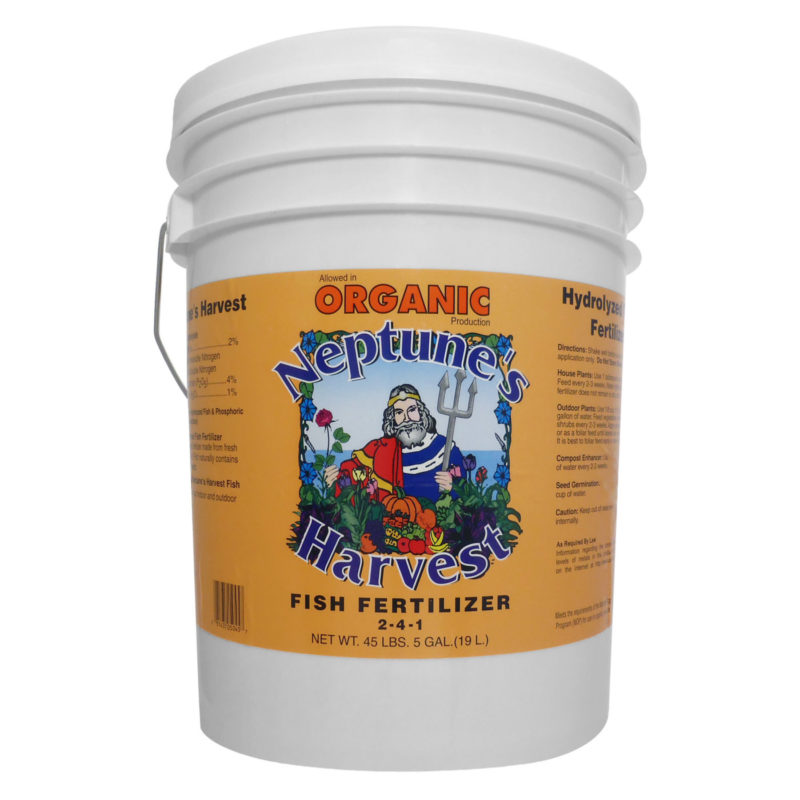
In addition to slow-release, soil-based amendments, organic growers often use foliar sprays to boost plant health during the growing cycle. By spraying the undersides of leaves, plants draw in the nutrients immediately.
1. Compost Tea
Compost tea is a way to extract the water-soluble nutrients from compost and apply them to your plants. If you use methods like aeration and fermentation to make your tea, you increase the bacterial content in your compost to make more nutrients water-soluble.
New research is showing that it probably isn’t even the nutrients in the tea that are helping the plant. Instead, it’s all that good bacteria. So, the more you can do to raise your bacterial count, the better your results will be from compost tea.
2. Liquid Fish Fertilizers
Hydrolized fish fertilizers use an enzymatic process to break down the nutrients in fishing industry by-products. They tend to be considered higher quality fertilizer but cost more.
Fish emulsions are made by heating fish industry by-products to release nutrients. Then, they are reduced into a concentrate. They tend to be less expensive. However, some people have concerns over the chlorine that can result from the processing.
3. Blackstrap Molasses
Blackstrap molasses is often used as a bacterial activator in compost tea. It’s a great feed source for beneficial bacteria. However, it is also a great source of water-soluble potassium. It can have as much as 6% potassium. Though, it must be applied to leaves weekly for the best results.
Trace Mineral Fertilizers
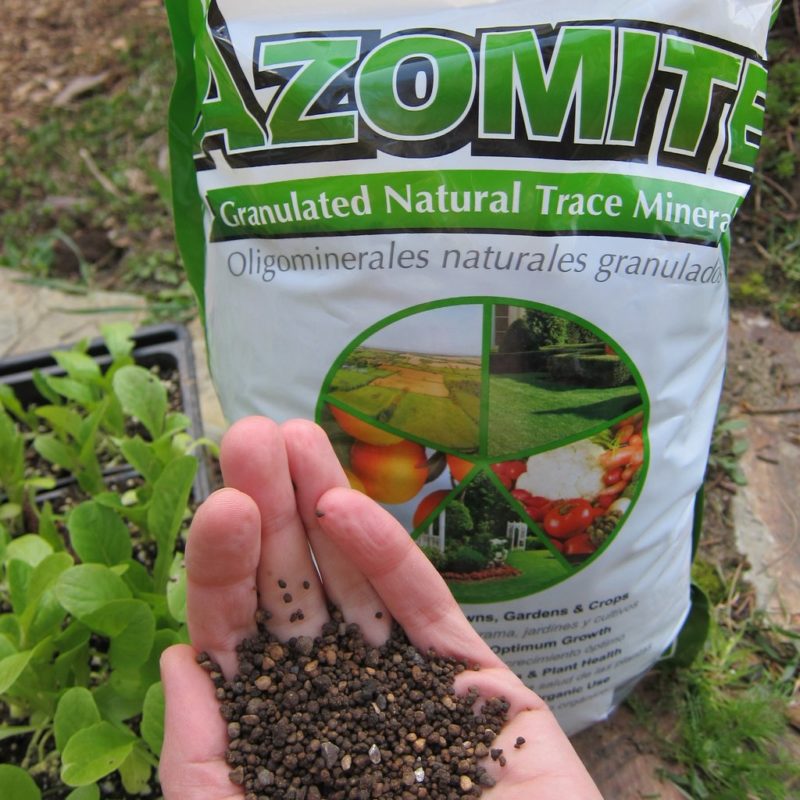
Image Via Sound Horticulture
For the most part, I try to get most of my garden nutrients using manures, meals, and foliar sprays. However, there are a few times when it makes sense to use mined minerals. For example, potassium can be pretty expensive to come by just using manures and meals. Trace micronutrients are also easier to get from things like ancient sea salt beds.
1. Azomite (trace minerals)
Azomite is one of the most complete sources of micronutrients you can find. However, there are some concerns that it can cause a build up of aluminum in the soil.
2. Greensand (0-0-3)
This is a soil conditioner that adds water holding capacity and slow-release potassium to your soil. It is also high in iron and magnesium, so it can be problematic if your soil is already high in those minerals. Too much magnesium, in particular, can limit the plant uptake of calcium.
3. Langbeinite (0-0-22)
This is a concentrated source of slower release potassium that won’t harm sensitive plants. It also has significant amounts of magnesium and sulfur.
4. Sea Salt (trace minerals)
There is all sorts of sea salt based supplements available for your garden. They have lots of micronutrients and can help condition the soil.
5. Rock Phosphate
Rock phosphate is primarily a source of phosphorous. However, it may contain other trace minerals. Most rock phosphate is not certified for organic use. But, there are a few natural sources of rock phosphate that meet the requirement.
6. Other Rock Dusts
There are several other rock dusts that can be purchased. They come by way of rock mining or river dredging. They don’t usually give you precise mineral analysis. But these tend to work as both a soil conditioner to improve texture and to add trace nutrients.
We have a granite quarry near me, so I often use that in my garden.
Conclusion
Now that you have this list of fertilizers, you have a good starting point for understanding the various forms of fertilizers out there, you can experiment with making your own fertilizer mixes at home. That can save you money and also give you more freedom to tailor your amendment program to your specific needs.
Keep in mind that nutrient quantities vary by manufacturer, so the above N-P-K values are just an estimate. Also, remember that N-P-K figures are a percentage based on weight. To compare apples to apples, when buying fertilizers, multiply the N-P-K percentage by the bag weight.
Similar to the way we want to encourage biodiversity in our soil, using different soil amendments can help prevent overload of particular nutrients in your garden. So, change up your amendment routine now and then to give your garden a bit of variety too!
May your garden be fertile and fruitful!

